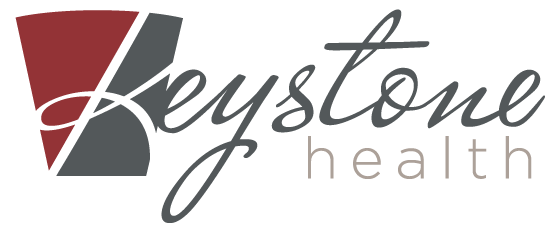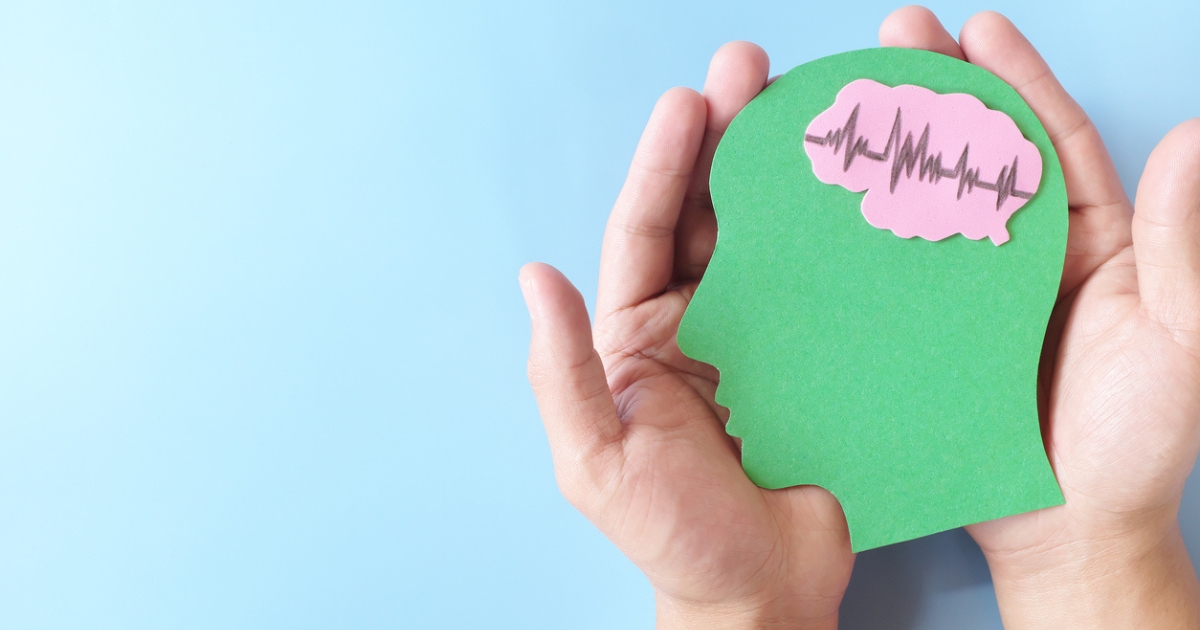
Strokes are a leading cause of disability worldwide and can profoundly alter a person's life in an instant. The aftermath of a stroke can include significant physical, cognitive, and emotional changes that require immediate medical attention and ongoing rehabilitation.
Understanding Stroke and Its Aftermath
A stroke occurs when there is an interruption or reduction in the blood supply to a part of the brain. There are two main types of stroke - ischemic and hemorrhagic. Ischemic strokes, the most common type, occur when blood clots block the flow of blood to the brain. Hemorrhagic strokes, on the other hand, happen when a blood vessel in the brain bursts, causing bleeding into or around the brain.
The aftermath of a stroke varies significantly from person to person, largely depending on the region of the brain affected and the extent of the damage. Some may experience physical changes such as paralysis, difficulty with balance, or fatigue. Others may face cognitive and communicative challenges like problems with memory, attention, or speech. Emotional changes, including depression, fear, frustration, and anxiety, are common.
Immediate medical treatment following a stroke is crucial to minimize brain damage and potential complications. But it is important to realize that the journey doesn't end there. Ongoing rehabilitation is usually necessary to help the individual regain independence and quality of life.
Acute Rehabilitation
The immediate period following a stroke is a critical time for recovery. This phase typically begins as soon as the patient is medically stable, often within 24 to 48 hours after the stroke. The goals during this stage are to prevent further damage, begin the process of recovery, and adapt to immediate changes.
Acute rehabilitation involves an interdisciplinary team of healthcare professionals. Each member of the stroke rehabilitation team has a specific role in helping the patient regain as much independence as possible.
- Physical Therapy: Physiotherapists focus on helping stroke patients regain physical abilities, such as walking, balancing, and coordinating body movements. This often involves exercises to strengthen muscles, improve flexibility, and enhance endurance.
- Occupational Therapy: Occupational therapists help stroke survivors relearn the skills needed for everyday living. This can include dressing, eating, bathing, and other daily tasks. They may also recommend adaptive equipment or techniques to make these activities easier.
- Speech Therapy: For those with difficulty speaking or swallowing after a stroke, language and speech therapists offer critical support. They provide exercises to improve speech clarity, language comprehension, and swallowing function.
Throughout this process, the patient's involvement is crucial. Active participation in therapies and a positive mindset can significantly influence recovery. Equally important is the role of caregiver and family support. Their support, encouragement, and involvement can foster a more comfortable and motivating environment for the patient.
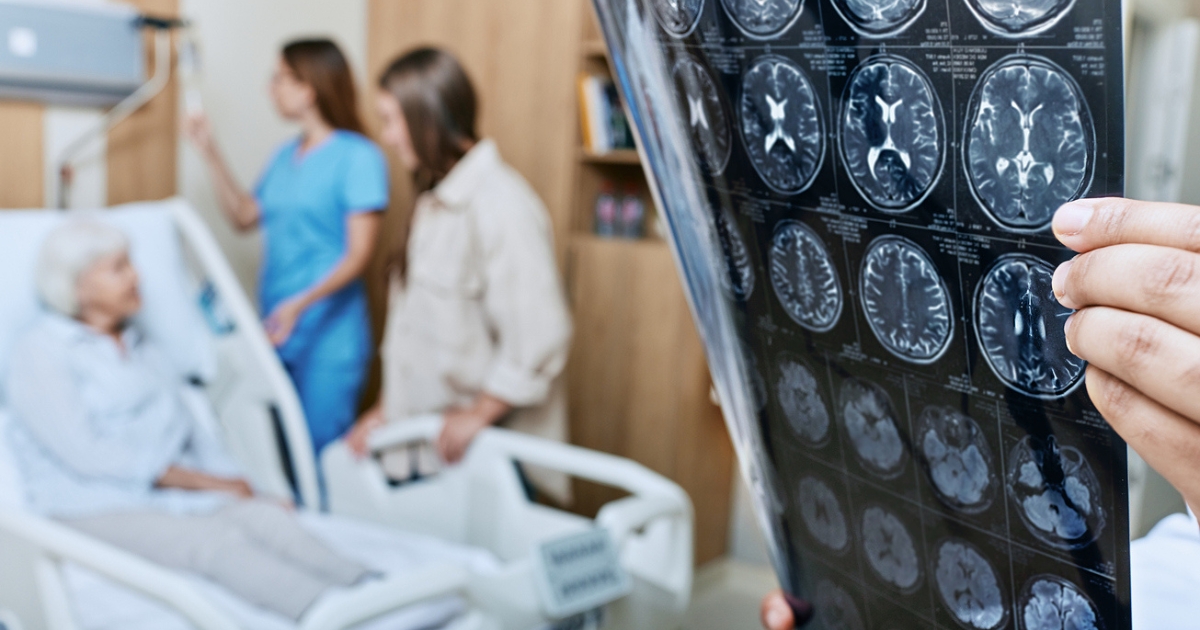
Long-Term Rehabilitation and Care
The journey to recovery from a stroke doesn't end with acute stroke rehabilitation. In fact, long-term rehabilitation and care are often necessary to continue improving and maintaining the skills and abilities regained during the initial recovery phase. This period is also a time to adapt to any lasting changes and learn to navigate life with new routines and strategies.
Recovery from a stroke is a process that often takes months or even years, and progress may sometimes seem slow, but even small improvements are steps in the right direction. Working closely with the healthcare team, patients can set personalized goals that provide a focus and motivation for rehabilitation.
Post-stroke physical changes such as mobility issues, muscle weakness, and fatigue can be challenging. Regular physical therapy can continue to improve strength and coordination. Additionally, lifestyle modifications, such as maintaining a regular sleep schedule and incorporating rest periods throughout the day, can help manage fatigue.
Strokes can also lead to cognitive changes like memory loss or difficulties with concentration and decision-making. Cognitive rehabilitation and strategies such as using reminders, organizing daily tasks, or breaking down complex tasks into simpler steps can be beneficial.
Emotional changes are also common after a stroke. Mood swings, depression, and anxiety can be part of the experience and can be managed with psychological or psychiatric support. Open discussions about emotional well-being, medication, psychotherapy, or counseling can all play a role in emotional recovery.
Adapting to Life at Home
Returning home after a stroke can be both a significant milestone and a challenging transition. It requires modifications to ensure safety, accessibility, and convenience for the stroke survivor. Here, we discuss the necessary changes and practical tips for adapting to daily life at home.
Home Modifications
A safe and accessible home environment is crucial for stroke survivors. This may involve installing grab bars in bathrooms, adding a ramp for wheelchair access, securing loose rugs, or rearranging furniture to create clear pathways. Professional occupational therapists can offer guidance and resources for home modifications based on the patient's specific needs.
Adapting Daily Routines and Activities
Post-stroke life often means adjusting daily routines to accommodate physical or cognitive changes. For example, using assistive devices for dressing, modifying kitchen tools for easier meal preparation, or adopting techniques to improve memory and organization can significantly aid daily living.
Maintaining a Healthy Lifestyle
A balanced and healthy diet and regular exercise are vital components of post-stroke recovery and overall health. Eating nutrient-rich food can support healing and energy levels, while regular physical activity, tailored to the individual's abilities, can enhance strength, coordination, and mood.
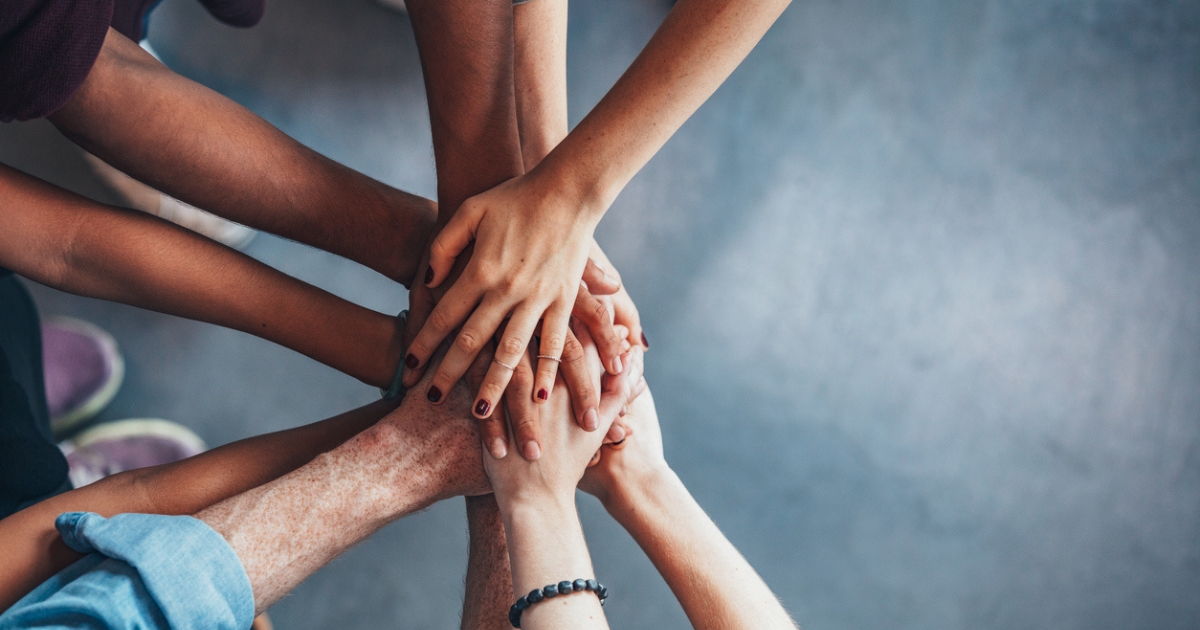
Community Resources and Support
Facing the challenges of life after a stroke can feel isolating at times. However, it is crucial to remember that many resources and support systems are available to help navigate this journey. Tapping into these can make the path to recovery less daunting and more manageable.
Local and Online Resources
Numerous groups provide stroke recovery resources such as educational content, lifestyle tips, home adaptation advice, and links to local services. This includes organizations like the American Stroke Association and National Stroke Association, and local health departments. These resources are often available online, including webinars and consultations.
Support Groups
Joining a support group in person or online can provide emotional assistance and a sense of community. These groups connect stroke survivors and their caregivers, providing a platform to share experiences, strategies, and encouragement. They can also help individuals stay updated on the latest research and recovery methods.
Coping Strategies and Mental Health
Recovering from a stroke isn't only about physical rehabilitation and mental well-being. The emotional toll can significantly affect stroke survivors, their loved ones, and caregivers. Here, we discuss the common emotional responses to a stroke and provide coping strategies.
Common Emotional Responses
Emotions can fluctuate widely after a stroke. Fear, anger, frustration, and sadness are all common. Many stroke survivors also experience depression and anxiety. These are not signs of weakness but are part of the human response to significant life changes and challenges.
Coping Strategies
- Open Communication: Encourage open and honest communication about feelings and fears. This can be with family members, friends, therapists, or support group members.
- Mindfulness and Relaxation Techniques: Mindfulness practices, such as meditation or deep-breathing exercises, can help manage stress and promote relaxation.
- Physical Activity: Regular physical activity can boost mood and reduce feelings of depression and anxiety. Always consult with a healthcare provider to create a safe and effective exercise plan.
- Hobbies and Interests: Engaging in enjoyable activities or hobbies can offer a sense of accomplishment and pleasure and act as a positive distraction.
Professional Support
It is crucial to seek professional help if feelings of depression or anxiety become overwhelming or persistent. Psychologists, psychiatrists, and counselors can provide stroke treatment, including therapy and possibly medication, to help manage these emotional challenges.
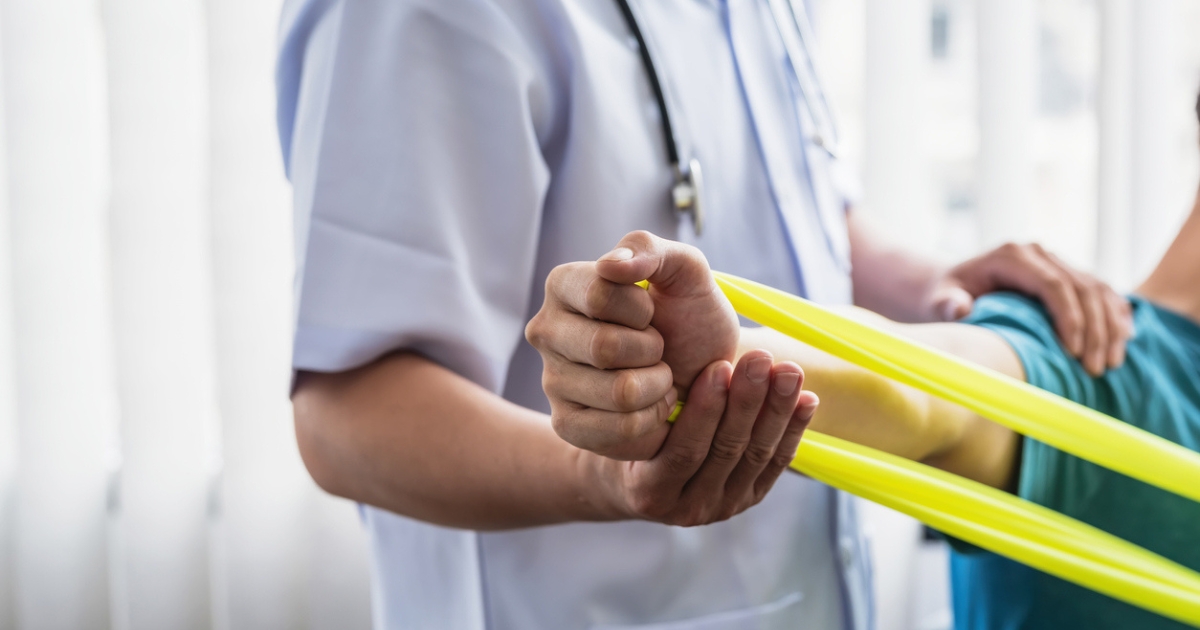
A New Dawn: Life After Stroke
While the journey post-stroke can appear daunting, it is important to remember that each new day brings an opportunity for recovery and growth. Each milestone achieved, no matter how small, is a testament to the resilience of the human spirit and your strength.
Living after a stroke doesn't mean an end to experiencing joy, fulfillment, or accomplishment. It is about forging a new path, an adjusted lifestyle, and redefining what normal means for you. It is about exploring your capacities, pushing your boundaries, and celebrating every victory along the way.
This path you embark on is a personal one, but you are not alone in your journey. With the support of your medical team, family, friends, and the wider community, you can navigate through this new phase of your life.
At Keystone Health, we are continually evolving to meet your needs better. We're thrilled to extend our unique healthcare approach with our in-home therapy service.
This innovative offering allows our valued patients to experience exceptional physical therapy without leaving the comfort of their homes. Our expert physical therapists combine traditional procedures with modern techniques, ensuring you receive the highest quality of care.
